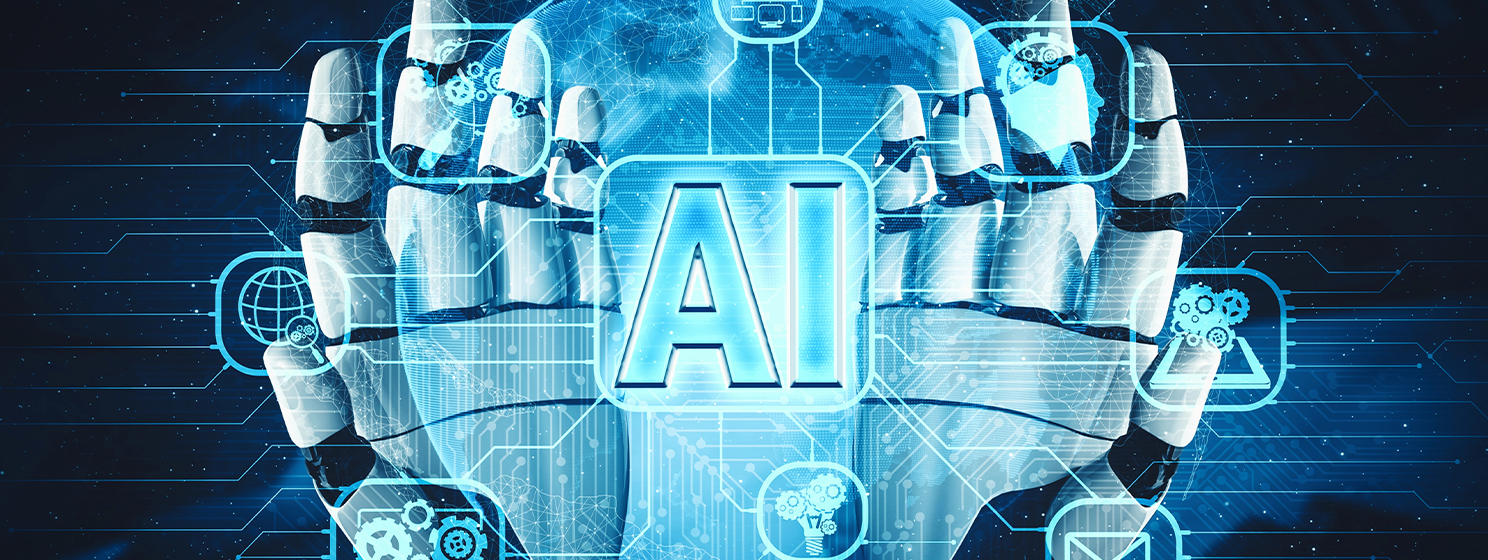|
Getting your Trinity Audio player ready...
|
OpenAI is preparing to raise its next funding round, seeking to secure billions of dollars at a $100 billion valuation. Tech giants like Apple (NASDAQ: AAPL), and Nvidia (NASDAQ: NVDA) are rumored to be interested in participating. These companies are no strangers to OpenAI. Apple partnered with OpenAI in June to use its models to power upcoming AI features. Nvidia, the dominant chipmaker, provides OpenAI with the infrastructure it needs to train and run its models.
Although OpenAI’s ChatGPT remains the market leader, with hundreds of millions of monthly users, the company has yet to turn a profit from its AI products and services. Moreover, OpenAI must continue spending billions to stay competitive and maintain its market leadership. Rumors suggest the company is on track to lose $5 billion this year from its AI operations, making it unsurprising that OpenAI needs to raise significant capital to keep the business going.
Google’s Imagen 3 relaunches with enhanced AI accuracy and ethics
Google (NASDAQ: GOOGL) announced that it would reintroduce its image generation AI, Imagen 3, into its products, starting with Gemini Advanced. Google’s AI image generation tool was previously operational but was pulled in February following incidents where the AI overcompensated for race and ethnicity when generating images of people. For example, when prompted to produce an image of the four founding fathers of the United States, Imagen returned an output featuring diverse individuals who were not the founding fathers.
These incidents sparked discussions about Google’s AI being overly concerned with ethics, bias, and censorship, leading the company to suspend its model from generating images of people. All AI models walk a fine line between ethics and bias, especially regarding race and ethnicity. It’s more common for AI to exclude racial and ethnic diversity in outputs, but Google’s first iteration did the opposite, creating inaccurate outputs due to overcompensation.
As Google reintroduces Imagen 3, it will be interesting to see how the company addresses these challenges and whether the new version of its AI can strike a better balance between inclusivity and accuracy. People are likely to stress-test this model in the same areas as before, pushing it to its limits to see how well it handles these nuances.
Nvidia stock dips despite beating earnings: Has the AI boom peaked?
Nvidia recently held its latest earnings call, surpassing analyst expectations on several fronts. However, despite beating expectations, the company’s stock closed roughly 8% down the following day. Nvidia’s forecast that next quarter’s gross margins might fall short of analyst estimates could have contributed to this decline. In contrast, others believe the dip reflects investors’ unreasonably high expectations for Nvidia, which are becoming increasingly challenging to meet.
The question now is whether this decline signals that Nvidia has peaked and is entering a period of cooling off. Linear growth typically doesn’t continue forever, and Nvidia has had a historic run during the AI boom, supplying nearly 90% of the chips companies need to train and run their AI models. Even Nvidia seems aware that its winning streak might be cooling off, as reflected in its forecast for the next quarter.
Amazon set to launch AI-powered Alexa
Amazon (NASDAQ: AMZN) is reportedly gearing up to launch an AI-enhanced version of its home assistant, Alexa. The upgrade, expected in October, will include features such as AI-generated summaries of news articles tailored to users’ preferences. It will also introduce voice recognition capabilities, allowing Alexa to differentiate between speakers and provide personalized experiences, such as finding recipes suited to individual tastes or tailoring shopping experiences to the user.
The AI-enhanced Alexa will only be available to subscribers of a new service, which would help offset the costs associated with Alexa. The device has allegedly contributed to Amazon’s devices department losing billions of dollars, as most Alexa users opt for the free version after purchasing the physical device.
While we’ve seen several companies attempt to create AI wearables, there haven’t been as many efforts to develop in-home AI assistants. Due to their reliance on voice commands, existing home assistants have struggled to gain traction, often proving awkward to use. These devices tend to add more friction to users’ workflows rather than simplifying them. However, if I had to guess, the lack of AI features probably isn’t the main reason these devices haven’t taken off, so I am doubtful that these new AI capabilities will be the boost products like Alexa, Google Home, or Apple’s Siri need to regain popularity.
OpenAI and Anthropic establish landmark AI safety partnership with US government
In a first-of-its-kind agreement, OpenAI and Anthropic have signed a deal with the U.S. Artificial Intelligence Safety Institute at the Department of Commerce’s National Institute of Standards and Technology (NIST). This agreement grants the U.S. AI Safety Institute—which was established via President Biden’s executive order on AI—access to major new models from each company before their release. Additionally, the companies will collaborate with the institute on research to evaluate AI models’ capabilities and safety risks and explore methods to mitigate those risks.
It wouldn’t be surprising to see more AI providers follow suit and partner with government entities. The government tends to scrutinize AI systems, particularly regarding their safety and potential societal risks. A partnership of this nature signals that the AI provider is at least attempting to make its systems safer and more secure. These collaborations probably give AI companies some breathing room when releasing models that might otherwise face government scrutiny. By addressing potential issues early in the process, thanks to early access and the other benefits that sometimes come with a government partnership, AI providers can save time, money, and trouble, allowing them to refine their models before launching them in a way less likely to lead to regulatory concerns.
In order for artificial intelligence (AI) to work right within the law and thrive in the face of growing challenges, it needs to integrate an enterprise blockchain system that ensures data input quality and ownership—allowing it to keep data safe while also guaranteeing the immutability of data. Check out CoinGeek’s coverage on this emerging tech to learn more why Enterprise blockchain will be the backbone of AI.
Watch: Demonstrating the potential of blockchain’s fusion with AI

 09-07-2025
09-07-2025 





